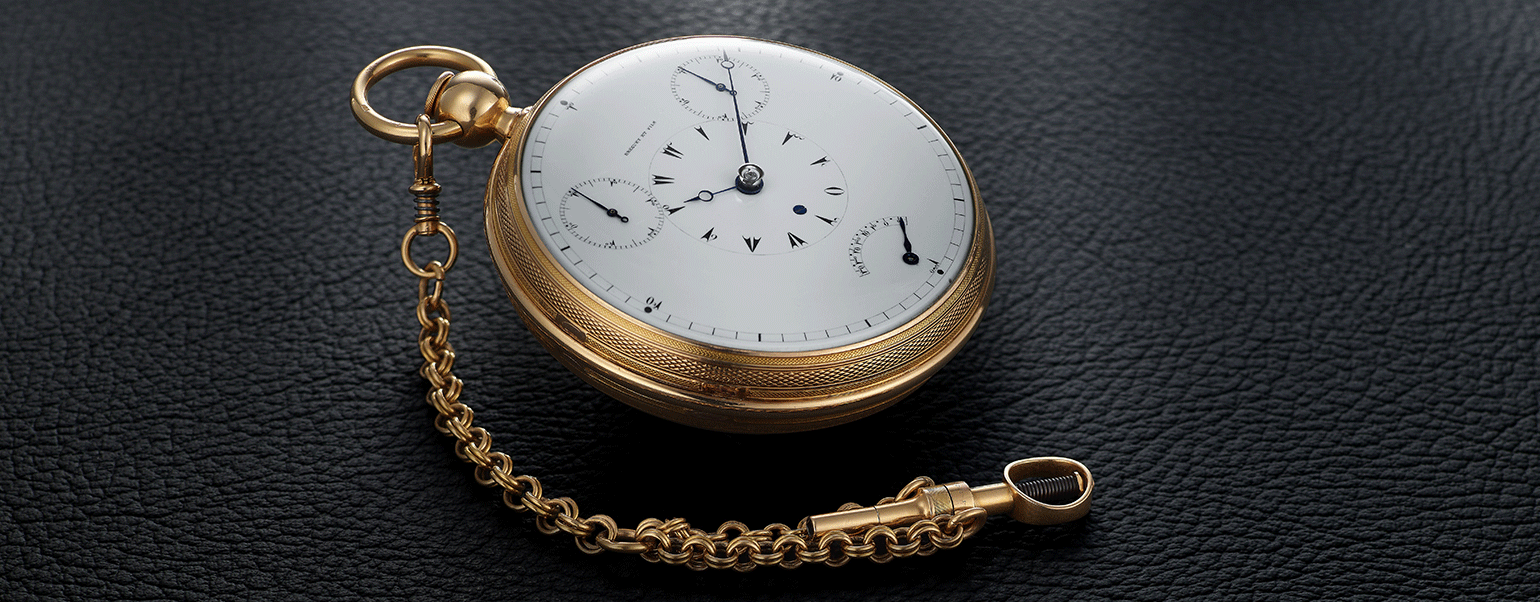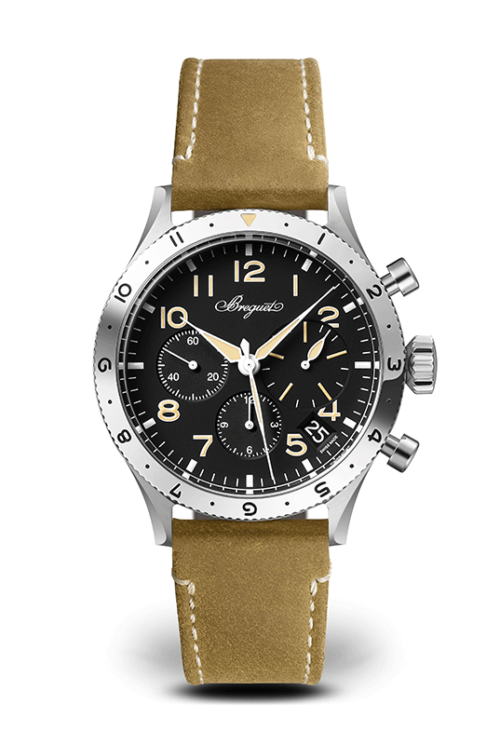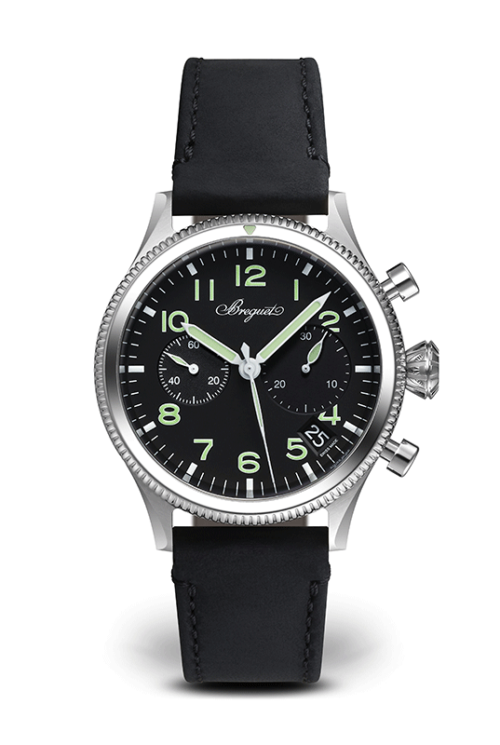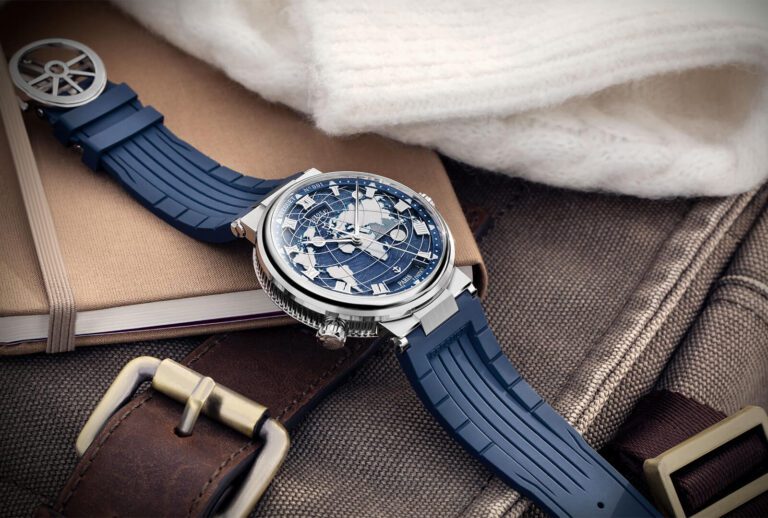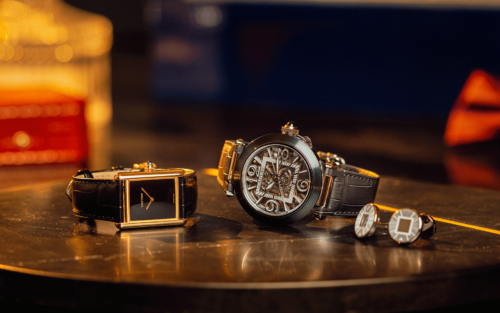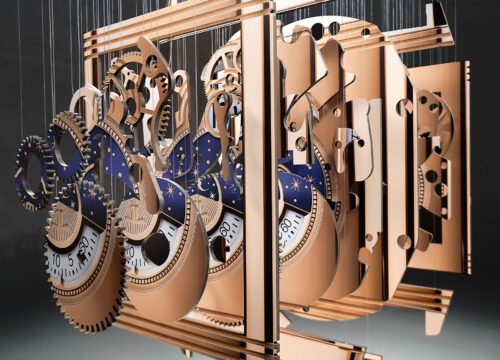The History Of Breguet Part. 3 – Breguet Through The Years
Thank you for joining us for the third instalment of our in-depth series on the history of Breguet. In this edition, we are turning our attention to the development of the Breguet Manufacture in the years post Abraham-Louis Breguet, the brands visionary founder. With the Maison nearing its 250th anniversary, it’s fair to say that Breguet has seen its share of changes and challenges over the years, giving us quite bit of ground to cover. As always though, we will try to keep it interesting and accessible. By the end, we hope you will have a renewed appreciation for the brand’s resilience and unwavering commitment to excellence throughout the years. We believe that it has been – and continues to be – Breguet’s ability to adapt to changing times while preserving its dedication to craftsmanship and innovation that has allowed it to maintain its status as one of the most prestigious and respected watchmaking brands in the world. Don’t just take our word for it though, read on to find out more.
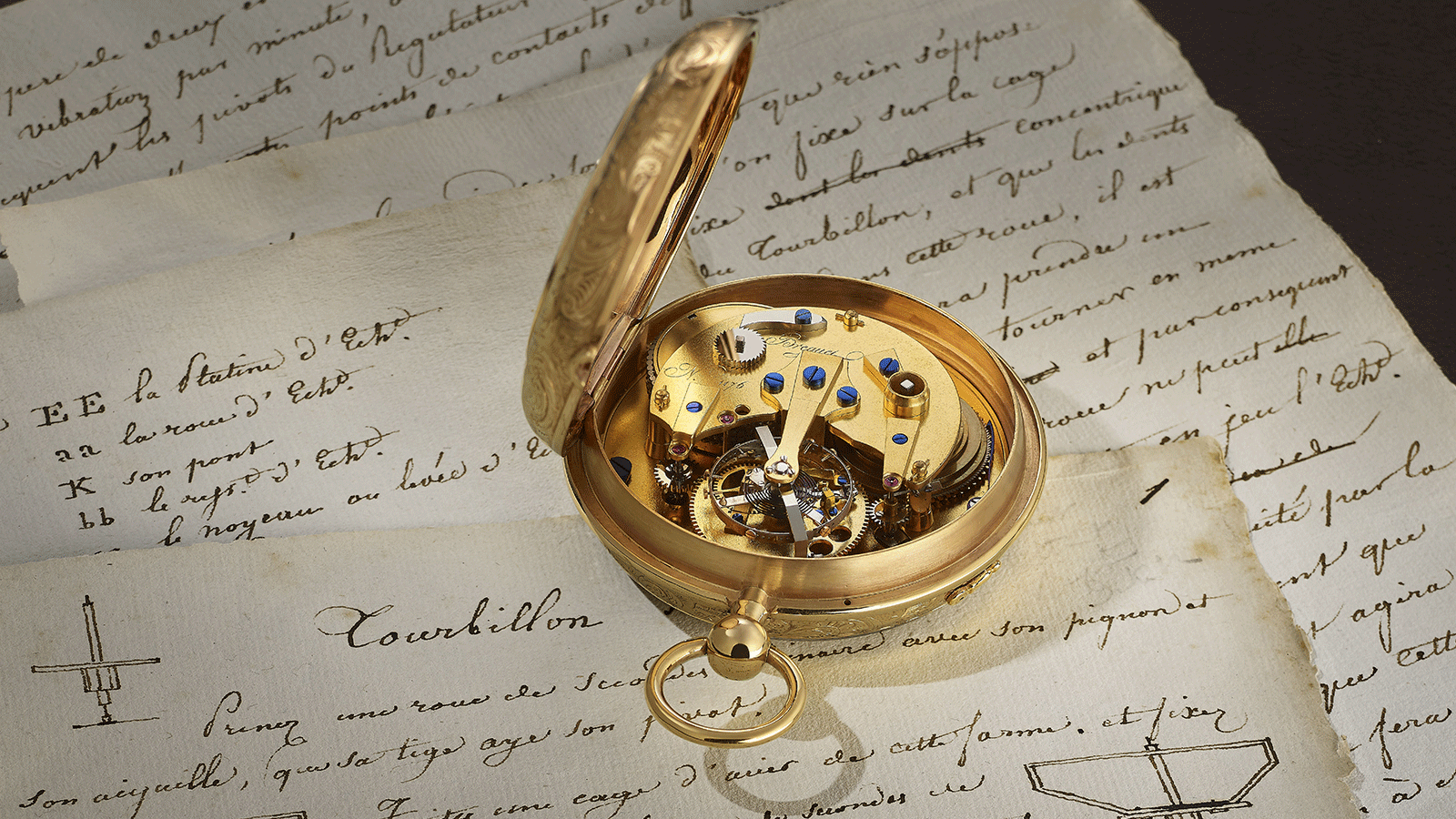
Changing Faces, Enduring Principles
Since its founding in Paris in 1775, the Breguet brand has changed ownership several times. Following Abraham-Louis’ death in 1823, the business passed to his son Antoine-Louis Breguet, and it would remain with the Breguet family for the next forty-seven years. But with no interested successors in the family bloodline, Louis-François-Clément Breguet (ALB’s grandson) made the decision to sell the company to the head of the workshop, Edward Brown, in 1870.

The Brown Family
Having spent years working for the company, Mr Brown had a deep appreciation for Breguet’s work and contributions to horology. He was committed to preserving Breguet’s legacy and craftsmanship, making sure that the brand continued to produce watches that adhered to the high standards set by its founder. At the same time, he was also intent on continuing to drive the company forward, opening the brand up internationally to an elite clientele of royalty, military leaders, and other prominent figures of the time. This was an important stage in the company’s growth and development and as such Breguet watches produced during Edward Brown’s ownership are highly regarded by collectors and enthusiasts for their craftsmanship and association with a pivotal era in Breguet’s history.
The Brown family would remain at the helm of Breguet for the next century or so, ensuring it remained not only relevant but continued to thrive into the 20th Century. Throughout this period the company secured patents for various watchmaking advancements, showcasing its commitment to technical excellence and innovation. One of the more playful examples was a watch without hands, employing a rotating dial and jumping hours visible in a window, which Breguet patented in 1926. Perhaps the best-known models from this period though are the Type 20 and Type XX chronographs, the former being created for the French Ministry of Defense and the latter for civilian use in the mid 1950’s. Variants of both remain in the collection today.
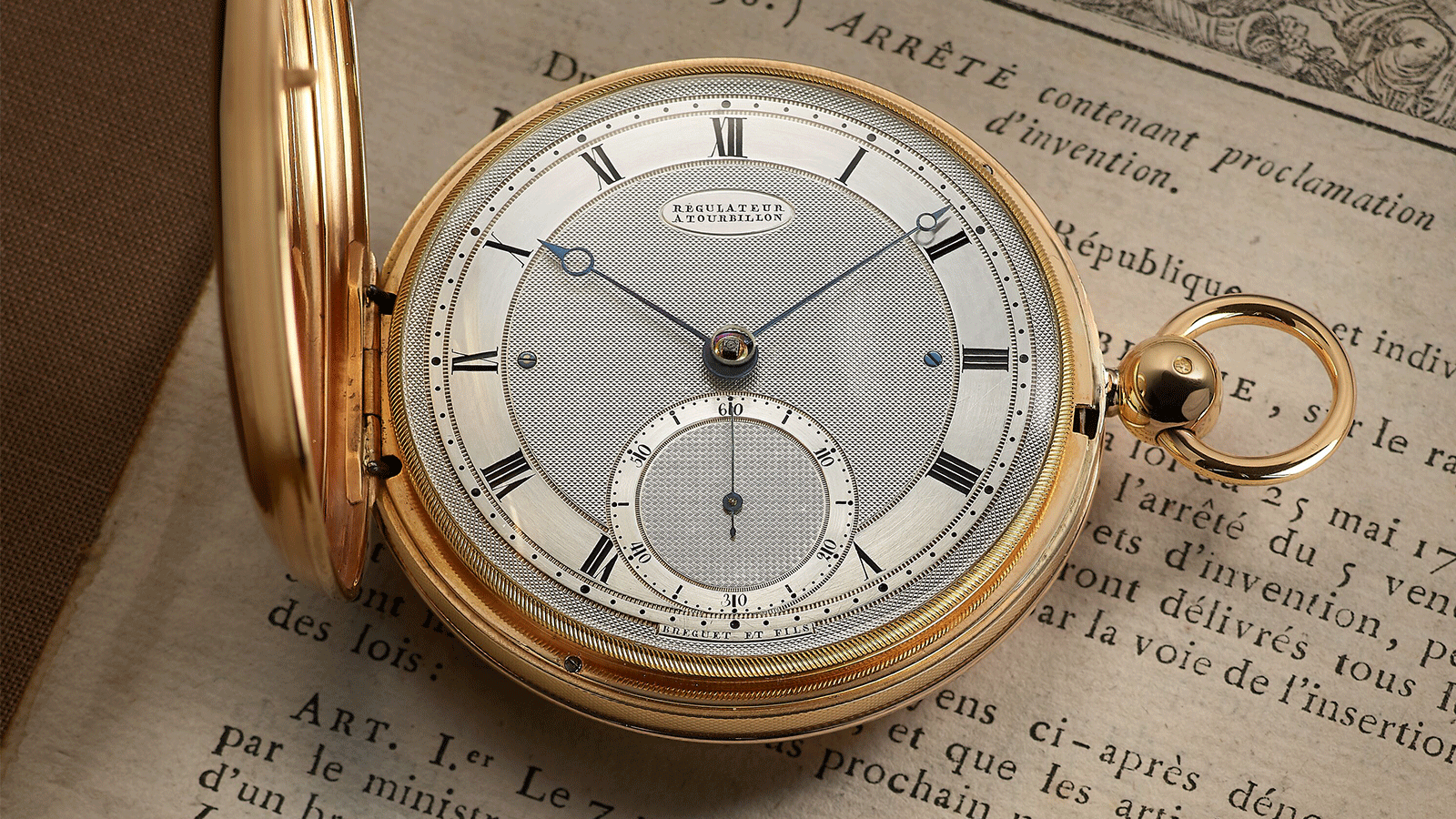
The House of Chaumet
In the latter part of the 20th century, Breguet, like many other Swiss watchmaking companies, experienced another change in ownership as it faced the challenges of modernization and economic shifts. The Chaumet brothers, Jacques and Pierre – inheritors of the famed Parisian jewellery house – acquired the brand in 1970. Importantly for Breguet, the Chaumet family had a deep appreciation for horological craftsmanship and a desire to preserve and promote the Breguet legacy, whilst at the same time continuing to evolve and improve upon it.
They paid homage to Abraham-Louis Breguet’s iconic creations by reinterpreting them for the modern era, including limited-edition watches and special projects that showcased the brand’s craftsmanship and innovation, opened boutiques in prestigious locations around the world and, in 1976, relocated the Breguet workshops to the famed Vallée de Joux, considered the very heart of Swiss watchmaking, where it still resides to this day. They also encouraged Breguet’s participation in cultural and artistic events and exhibitions, showcasing the brand’s cultural significance beyond watchmaking.
In 1987, the Chaumet family sold Breguet to Investcorp, a global manager of alternative investment products for private and institutional clients. With the influx of capital from its new owners, Breguet was able to invest further in its expansion, moving to new, larger facilities in the Vallée de Joux. This was a critical step in helping the brand meet the increasing demand from the traditional markets as well as emerging ones like Asia, and demonstrated the confidence Investcorp had in the brand’s future.

The Swatch Group
In 1999, Breguet changed ownership for the final time, becoming part of the Swatch Group, one of the world’s largest watchmaking conglomerates. The Swatch Group, founded by Nicolas Hayek, was known for its portfolio of watch brands, including Omega, Longines, Tissot, and Blancpain, among others. The Swatch Group’s leadership, particularly Mr Hayek, had a vision for revitalizing the Swiss watch industry. They believed in the importance of preserving traditional Swiss craftsmanship and horological heritage while also embracing modern technology and innovation. The acquisition of Breguet aligned perfectly with this vision, as Breguet was renowned for its heritage and precision.
Under the Swatch Group’s ownership, Breguet continued to prioritize the preservation of its rich heritage. The company maintained meticulous records of historical timepieces, documents, and archives related to Abraham-Louis Breguet’s innovations and creations. This commitment to heritage helped the brand maintain its authenticity and prestige. At the same time, the Swatch Group encouraged Breguet to reintroduce and reinterpret some of its classic designs while incorporating modern materials and manufacturing techniques. This strategy allowed Breguet to appeal to a broader audience while retaining its traditional charm and elegance.
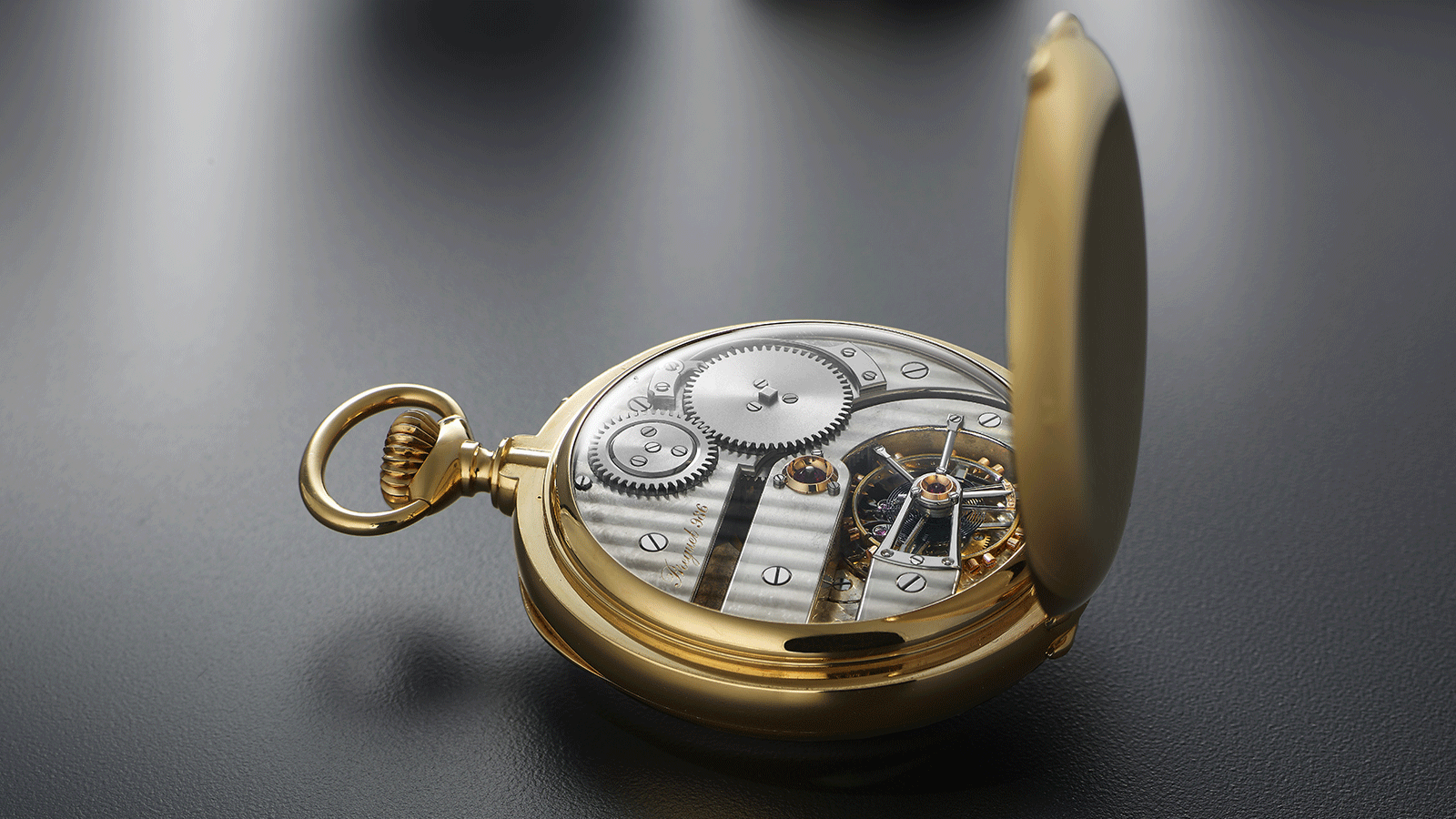
Coming under the Swatch Group’s umbrella also enabled Breguet access to the resources needed to continue to invest in research and development. They developed new calibers and innovative watch technologies, maintaining the brand’s reputation for technical excellence and precision. Today, scholars and collectors alike agree that the acquisition by the Swatch Group did not diminish Breguet’s status as a prestigious and respected brand. Instead, it provided the financial stability and resources necessary for Breguet to thrive in a rapidly changing luxury watch market, preserving and enhancing its rich legacy into the 21st century.
Amazingly, after almost two and half centuries, and several different owners, the Breguet brand still remains true to the principles of its founder Abraham-Louis Breguet. Perhaps it’s not surprising then that the brand also continues to find favour with an elite clientele the world over.
Join us next time for the fourth installment of History of Breguet, where we take a deep dive into the core collections. – Click here to read Part 4.








 Rolex
Rolex A. Lange & Söhne
A. Lange & Söhne Blancpain
Blancpain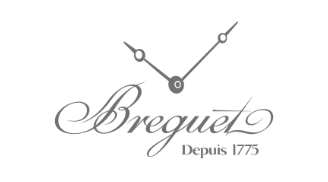 Breguet
Breguet Breitling
Breitling Cartier
Cartier Hublot
Hublot Vacheron Constantin
Vacheron Constantin IWC Schaffhausen
IWC Schaffhausen Jaeger-LeCoultre
Jaeger-LeCoultre OMEGA
OMEGA Panerai
Panerai Roger Dubuis
Roger Dubuis TAG Heuer
TAG Heuer Tudor
Tudor FOPE
FOPE Agresti
Agresti L’Épée 1839
L’Épée 1839



